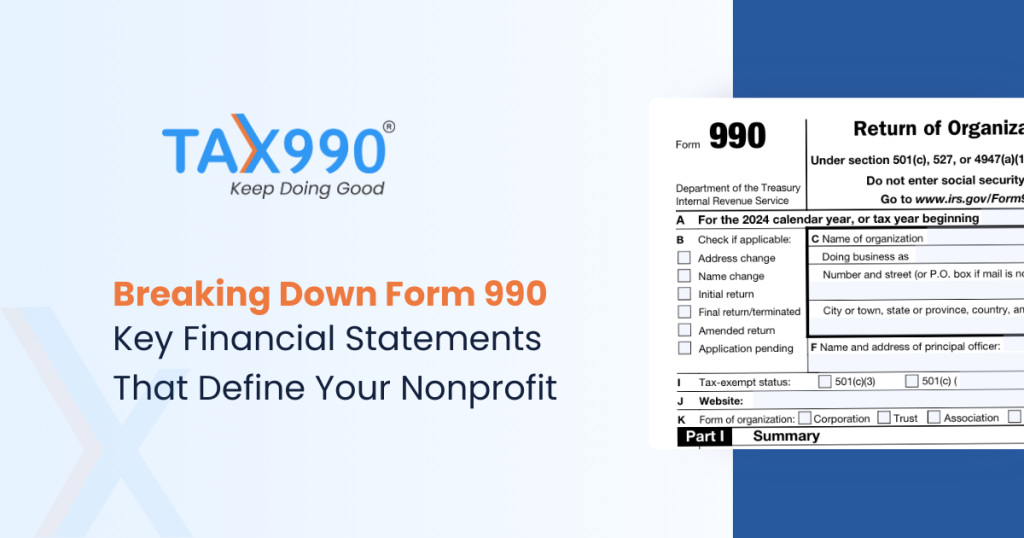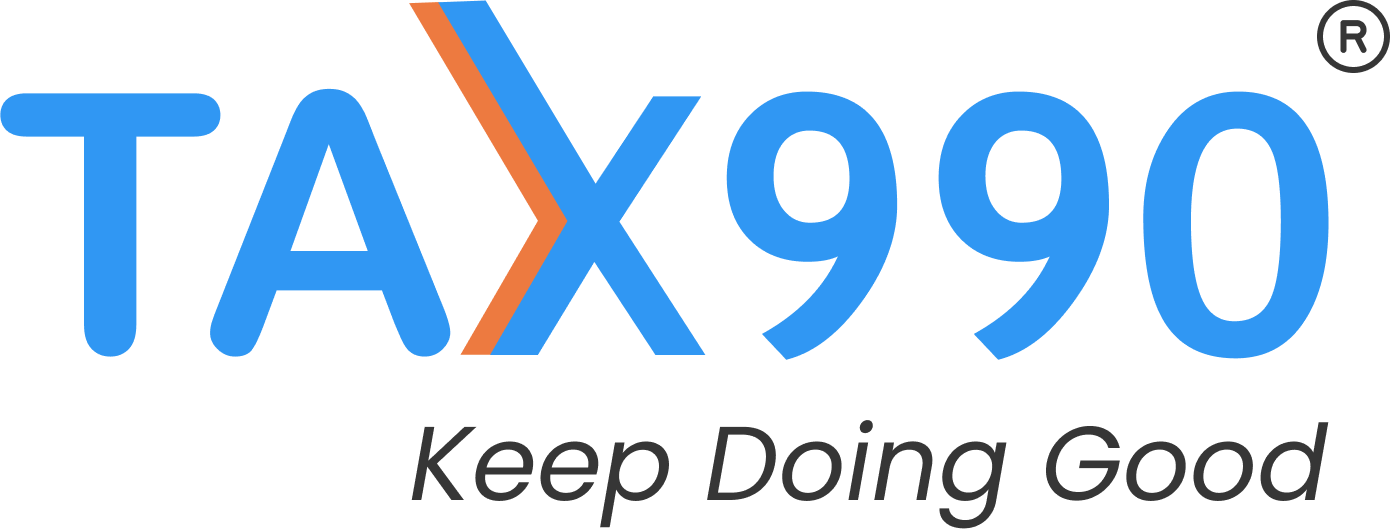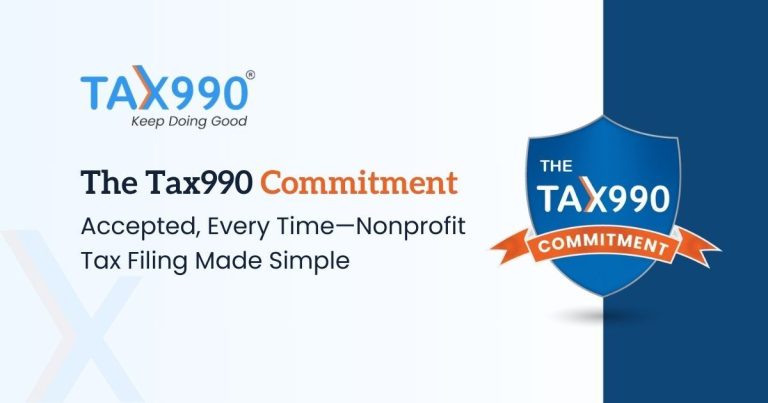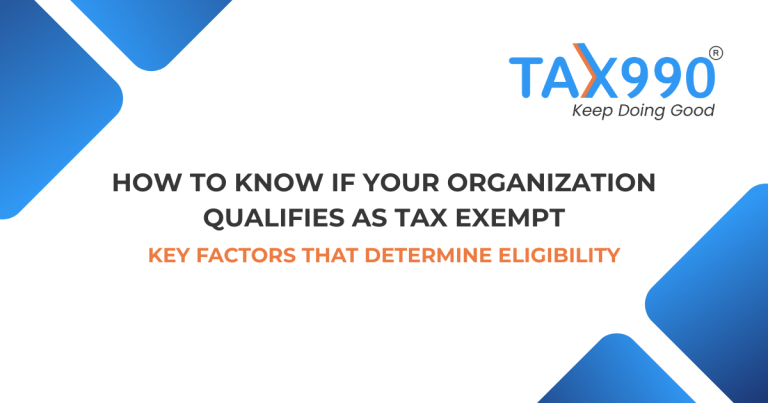Breaking Down Form 990: Key Financial Statements That Define Your Nonprofit
Estimated reading time: 14 minute(s)

When you lead a nonprofit, your impact goes hand in hand with transparency. It’s not just about doing good—it’s about showing how effectively you do it. That’s where financial reporting comes in.
At the center of nonprofit transparency is Form 990, the IRS return that pulls back the curtain on your organization’s financials, programs, and governance. But this form isn’t just a compliance checkbox—it’s a storytelling tool. It helps you show donors, grantmakers, and the public how you turn resources into results.
If you’re getting ready to file—or simply want to improve your understanding—these four essential financial statements within Form 990 are where you should focus.
Why These Reports Matter
These aren’t just numbers on a page—they’re the foundation of your organization’s credibility. Each report offers a unique window into how your nonprofit operates:
- Are you spending donations wisely?
- Are your programs delivering measurable impact?
- Are your finances in good health?
Board members rely on these reports for oversight. Funders use them to assess worthiness. And your supporters look to them for assurance that their contributions are making a difference. Whether you’re applying for grants or preparing for an audit, these statements help you stand tall and stay accountable.
The Four Essential Financial Statements in Form 990
1. Statement of Program Service Accomplishments
This section of Form 990 (Part III) focuses on the very heart of your organization—your mission. It requires a detailed description of your primary programs and the tangible outcomes achieved during the year.
Nonprofits must explain each program’s purpose, along with specific results such as:
- Number of individuals served
- Resources distributed (e.g., meals, supplies, funds)
- Events hosted or community initiatives launched
- Any measurable outcomes tied to program goals
This statement not only satisfies IRS requirements but also serves as a powerful communication tool. When done well, it can demonstrate the true impact of your work and build confidence among funders, volunteers, and partners.
2. Statement of Revenue
The Statement of Revenue (found in Part VIII of Form 990) offers a detailed breakdown of how your organization generates income. It covers all revenue streams, including:
- Contributions, gifts, and grants: Cash or in-kind donations from individuals, corporations, or foundations.
- Program service revenue: Fees earned through services that directly relate to your mission, such as educational workshops or community services.
- Investment income: Interest, dividends, or gains from securities and savings.
- Other revenue: Membership dues, rental income, or unrelated business income.
This section helps determine whether revenue sources are consistent with your exempt purpose and whether unrelated income may affect your tax-exempt status. It also gives stakeholders a clear view of how diversified and sustainable your income sources are.
3. Statement of Functional Expenses
Presented in Part IX of Form 990, the Statement of Functional Expenses goes beyond listing total expenditures. It classifies all expenses into three functional categories:
- Program services: Costs directly tied to carrying out your mission (e.g., program staff salaries, supplies, travel for outreach).
- Management and general: Administrative expenses like accounting, legal services, office operations, and executive salaries.
- Fundraising: Costs associated with campaigns, donor events, marketing, and grant writing.
Within each category, expenses are further broken down by type—such as salaries, benefits, rent, office supplies, and professional fees.
This report gives donors and oversight agencies insight into how efficiently you’re allocating funds. Many funders look closely at the percentage spent on program services versus overhead when making grant decisions.
4. Balance Sheet (Statement of Financial Position)
Located in Part X of Form 990, the Balance Sheet provides a year-end snapshot of your organization’s financial position. It lists:
- Assets: Cash, receivables, investments, property, and other resources owned.
- Liabilities: Debts, loans, accounts payable, and other financial obligations.
- Net assets: The difference between assets and liabilities, divided into categories (e.g., unrestricted, temporarily restricted, and permanently restricted).
This section shows whether your nonprofit is financially stable, growing, or struggling to meet its obligations. A healthy balance sheet can build credibility with potential donors and reassure regulators of your organization’s financial integrity.
Wrapping Up: File with Confidence Using Tax990
Understanding these financial statements isn’t just about filling out Form 990—it’s about strengthening your nonprofit’s transparency, trustworthiness, and long-term success.
When you’re ready to file, Tax990 makes the process easier and more accurate. Designed specifically for nonprofits, our platform helps you report your financials clearly and confidently, with built-in IRS instructions, real-time error checks, and seamless e-filing. Whether you’re handling a simple 990-N or a detailed Form 990, Tax990 has the tools to support your mission—every step of the way.





Leave a Comment